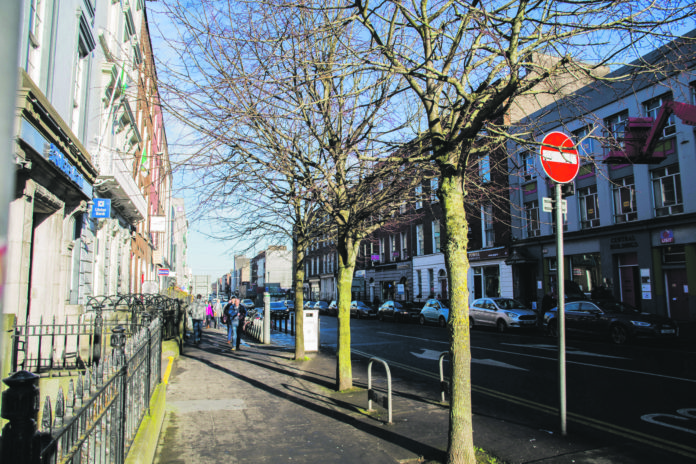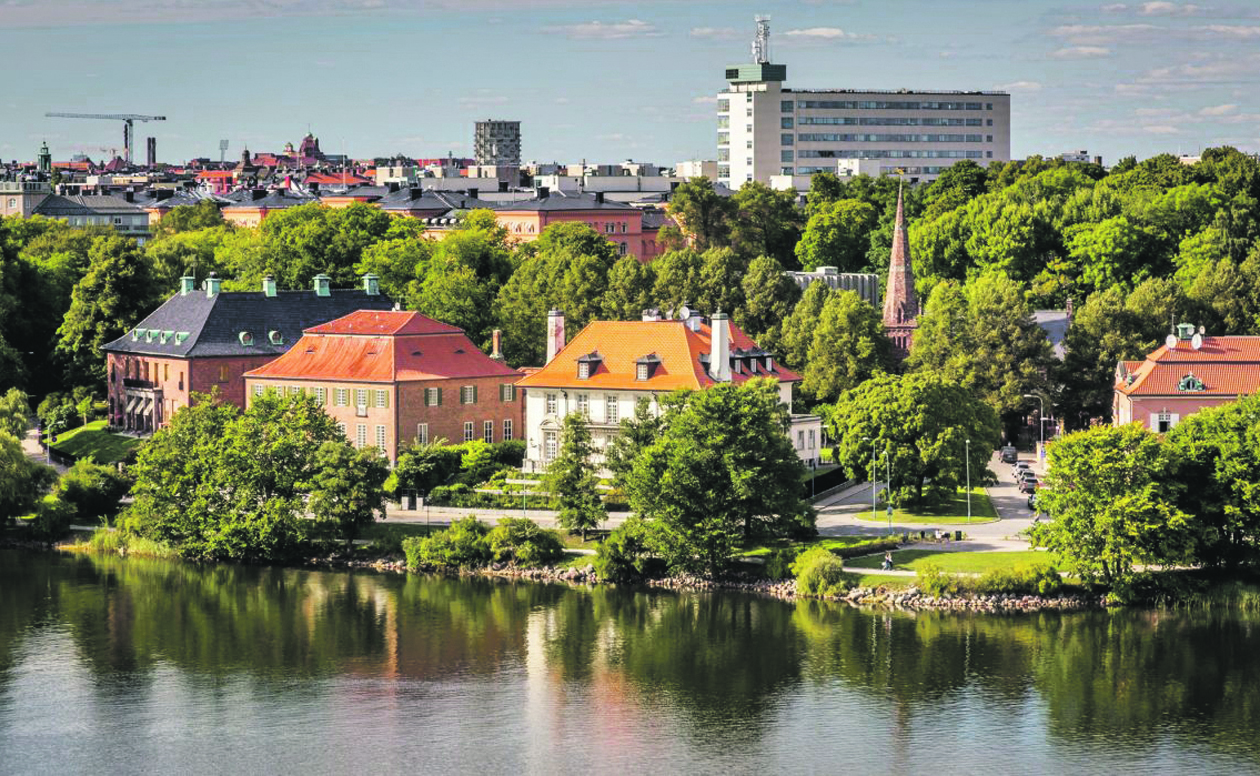
Limerick needs to develop an urban greening strategy that sets hard targets and encourages public involvement. That’s according to Rian Mac Giobúin, founder of EireannachTharLear.com
LIMERICK Council recently unveiled a plaque at a “living wall” outside its offices on Merchant’s Quay which will be planted with creepers and pollinator friendly plants to mark Limerick becoming a European Green Leaf City.
Limerick received the designation for demonstrating a good environmental record and having the capacity to act as a ‘green ambassador’ and encourage other cities to progress towards better sustainability.

Green and living walls have become a popular way for towns and cities to improve air quality, provide habitat to wildlife, and save on energy costs as they keep buildings warmer in the winter and cooler in the summer.
However, if Limerick is to really become a ‘green ambassador’ and encourage other cities to become more sustainable, it requires much more than a modest “living wall”.
Limerick needs to carry out a census of existing trees and green space in the city and develop a plan that sets hard targets and offers incentives for the public and businesses to get involved, like what has been done in other cities across the globe.
In New York, property owners can request to have a tree planted on their street for free. Each location requested is surveyed to make sure there are no conflicts with surrounding infrastructure and that the site is suitable for a tree to grow. If it is, it’s added to a list of sites to be planted during the next planting season.
Vancouver developed an Urban Forest Strategy that introduced initiatives to encourage tree planting and planted almost 150,000 trees in ten years. Paris is aiming to cover 50 per cent of the city in fully porous, planted areas by 2030.
According to the Geographical Society of Ireland, Limerick has a tree canopy of just 11 per cent, contrasting poorly with Stockholm (57 per cent), Helsinki (49 per cent) and Warsaw (36 per cent).
This is perhaps unsurprising considering that O’Connell Street currently has only three trees planted in the ground, while there are no trees at all on Mallow Street, Hartstonge Street, Quinlan Street, Cecil Street, Lower Cecil Street, The Crescent, Roches Street, Catherine Place or Sarsfield Street.
In fact, there are only two streets in the city centre with more than ten trees planted in the ground – Thomas Street and Bedford Row.
Trees and green infrastructure such as natural areas, parks, green roofs and walls make our cities more liveable by reducing carbon dioxide, by removing air pollutants that can trigger respiratory illnesses, and by boosting wellbeing, safety and prosperity.
US researchers have shown that trees reduce hospital visits and reduce the number of days taken off work. Several other studies have shown that green spaces contribute to better mental health, by alleviating stress, promoting social ties in the community, decreasing fears of violent crime and serving as a sign of investment in the neighbourhood.
Green space also inspires people to walk or cycle more frequently and city trees can enhance traffic calming measures, making our cities safer and nicer places to be. Tall trees give the perception that a street is narrower than it really is, which results in drivers slowing down. Closely spaced trees give a similar effect by creating the illusion of speed.
Trees also protect people and buildings from wind and can absorb up to 60 per cent of rainfall, something that could be particularly helpful in Ireland. Installing green walls or green spaces on the roofs of buildings can provide insulation, resulting in significant energy savings for residents and businesses.
Trees and other green infrastructure also provide shelter and food for birds and other wildlife. Biodiversity is vital to a healthy urban environment and can provide a boost for the economies and resources of a city, providing tourist attractions or sources of revenue as well as making the city feel more alive and fulfilling for citizens.
As the Irish economy grows, Limerick will increasingly find itself competing with towns and cities across Europe and the rest of Ireland for investment. The presence of good parks, squares, gardens and other public spaces will become a vital business and marketing tool as companies are attracted to locations that offer well-designed, well-managed public places, and these in turn attract customers, employees and services.
In town centres, pleasant and well-maintained environments increase the number of people visiting retail areas, providing a boost to city centre retail struggling to compete with the growth of out-of-town shopping centres and on-line shopping.
Limerick can be a leader in the area of sustainability, tree planting and green infrastructure, but to do so it needs to pay more than just lip service to the idea and it needs to develop a cross party plan that includes ambitious hard targets that can be used to measure success.
If this comes to pass, Limerick can become a healthier, safer and more attractive place for people to live, work and visit.









